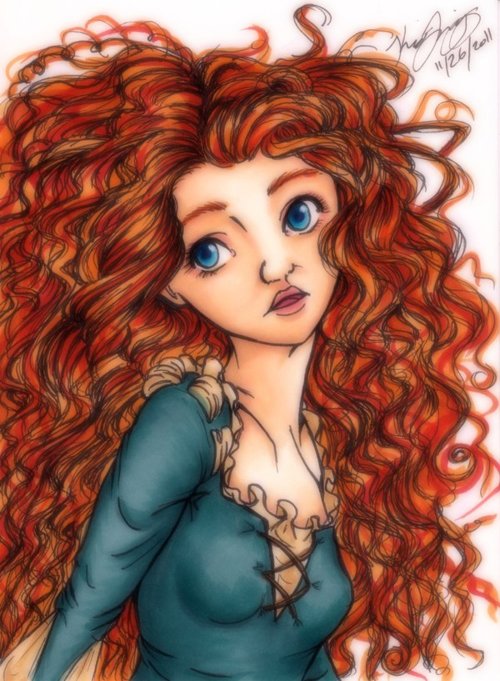


These identifying adjectives include demonstrative adjectives, for example este (this) or aquel (that). Usually, Spanish adjectives which are “identifiers” go before the noun. These include those that describe physical characteristics or nationalities, or are derived from verbs. Qualifying adjectives usually go after the noun. The simple answer is after the noun, but the truth is a little more complicated.
#Brave in spanish feminine how to#
Now that you know how to make your colorful adjectives make sense, where do you put them? Phew! You did it! Where Does an Adjective Go in a Spanish Sentence? However, if the ending consonant is a – z, you need to change it to a -c before you turn it into a plural. To make these plural you need to add – es: The same rule applies to adjectives that end in consonants (with some exceptions). For example: However, you’ll still need to add an – s to make these adjectives plural. Note how the ending did not change in any of the above adjectives. Some remain the same.Īdjectives that end in – e or – ista do not change for masculine or feminine. Not all adjectives have a feminine and masculine version. This is also true if the adjective doesn’t come directly after the noun. For example:Īlthough the verb es is between the two, the adjective (alto) still refers to the noun (hombre) and therefore the two must agree.

If the noun is in the plural you need to adjust the adjective: This is also true of plural nouns and plural adjectives. “Girl” is feminine and therefore “tall” must be used in its feminine form. “Car” is masculine and therefore the masculine form of “red” needs to be used. Add an -s to the end of either -o or -a to make it plural. Keep the -o ending for masculine adjectives, and change it to an – a for feminine adjectives. (If this is the first you’re hearing of Spanish noun genders, definitely check out this post.)Īdjectives that end in -o always have four endings: one for masculine, feminine, singular and plural. If a noun is feminine the adjective needs to be changed to be feminine too, ditto if the noun is masculine. That means that you need to match your nouns with your adjectives. Maybe in love, opposites attract, but in Spanish, the words like to agree. (Download) Noun-adjective Agreement in Spanish
#Brave in spanish feminine pdf#
This blog post is available as a convenient and portable PDF that youĬlick here to get a copy. If you’ve learned the Spanish basics, but you find yourself unable to describe things properly, then this ultimate guide to Spanish adjectives should help. You see things in black and white, because you don’t have all the colorful crayons. When you’re a little kid you might know how to say you’re happy, or sad, or that someone is mean, or nice. Sure, you can get your point across most of the time, but it’s a little boring! Knowing Spanish without any adjectives is kind of like the black and white version of the language.
#Brave in spanish feminine full#
You’re probably going to choose full color–because it’s more interesting, more exciting, and closer to real life. Would you rather watch a black and white movie, or a high definition, full color one? JanuSpanish Adjectives 101: Add Vibrant Color to Your World


 0 kommentar(er)
0 kommentar(er)
